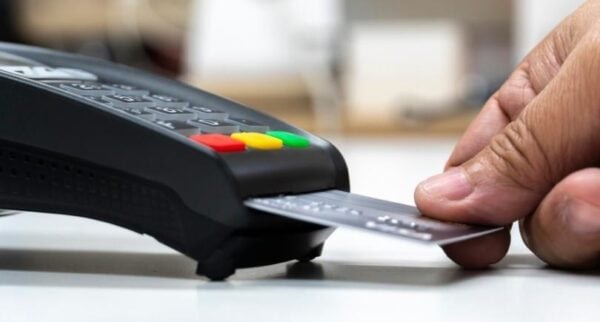List of Questions
Why are credit card terms important?
A credit card is a form of borrowing that often involves charges. Credit terms and conditions affect your overall cost. So it is wise to compare terms and fees before you agree to open a credit or charge card account. Terms must be disclosed in credit card applications or in solicitations that require no application. You also may want to ask about these terms when you begin shopping for a card.
What is the annual percentage rate or APR?
The APR is a measure of the cost of credit, expressed as a yearly rate. It also must be disclosed before you become obligated on the account and on your account statements. The card issuer also must disclose the periodic rate; the rate applied to your outstanding balance to figure the finance charge for each billing period.
Some credit card plans allow the issuer to change your APR when interest rates or other economic indicators, called indexes, change. Because the rate change is linked to the index’s performance, these plans are called variable rate programs. Rate changes raise or lower the finance charge on your account. If you are considering a variable rate card, the issuer must also provide various information that discloses to you: that the rate may change; and how the rate is determined; which index is used and what additional amount, called the margin, is added to determine your new rate.
What is a grace period?
Also called a free period. A grace period lets you avoid finance charges by paying your balance in full before the due date. Knowing whether a card gives you a free period is especially important if you plan to pay your account in full each month. Without a free period, the card issuer may impose a finance charge from the date you use your card or from the date each transaction is posted to your account. If your card includes a free period, the issuer must mail your bill at least 14 days before the due date so you will have enough time to pay.
What is an annual fee?
Some issuers charge annual membership or participation fees. They often range from $25 to $50. Rebate or reward cards and cards that cater to consumers with a poor credit history usually charge higher fees. Many cards do not charge annual fees, though. So shop around!
Are there other fees that cards charge?
A card may certainly include other costs (and usually does)! Some issuers charge a fee if you use the card to get a cash advance, make a late payment, or exceed your credit limit. Some charge a monthly fee whether or not you use the card. Please read the terms and disclosures carefully.
How do balance computation methods affect finance charges?
If you don’t have a grace period, or if you expect to pay for purchases over time, it is important to know what method the issuer uses to calculate your finance charge. This can make a big difference in how much of a finance charge you’ll pay, even if the APR and your buying patterns remain relatively constant. Examples of balance computation methods include the following.
- Average Daily Balance This is the most common calculation method. It credits your account from the day payment is received by the issuer. To figure the balance due, the issuer totals the beginning balance for each day in the billing period and subtracts any credits made to your account that day. While new purchases may or may not be added to the balance, depending on your plan, cash advances typically are included. The resulting daily balances are added for the billing cycle. The total is then divided by the number of days in the billing period to get the “average daily balance”.
- Previous Balance This is the amount you owed at the end of the previous billing period. Payments, credits and new purchases during the current billing period are not included. Some creditors also exclude unpaid finance charges.
- Two-cycle BalanceIssuers sometimes use various methods to calculate your balance that make use of your last two month’s account activity. Read your agreement carefully to find out if your issuer uses this approach and, if so, what specific two-cycle method is used.
- Generally speaking, the two cycle method results in higher finance charges, but not in every case. Cardholders that “pay off” their balance one month and then “carry a balance” the next month or vice versa are particlarly vulnerable using this method. There are cases, such as taking advantage of balance transfer offers, where this method can actually be beneficial.
- If you don’t understand how your balance is calculated, ask your card issuer. An explanation must also appear on your billing statements.
What will happen if I make a late payment?
Most cards with low rates for on-time payments apply a very high APR if you are late a certain number of times in any specified time period. These rates oten exceed 20 percent. Additionaly, some cards charge fees for late payments. Information about delinquency rates should be disclosed to you in credit card applications or in solicitations that do not require an application.
The source of partial content on this page is from the FTC.



